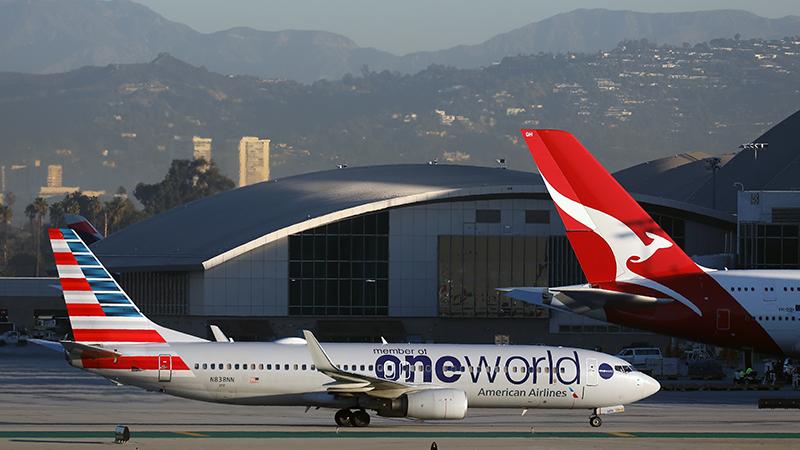
Credit: Rob Finlayson
This year will see the continued transition or changes of government and agency leadership positions in many countries. There will be a new FAA Administrator to succeed Mike Whitaker, new government leaders in Canada, the European Commission, the UK and U.S. as well as in many South American and...
Editorial: What The World’s New Leaders Should Learn About Aviation is part of our Air Transport World subscription.
Subscribe now to read this content, plus receive full coverage of what's next in air transport from the experts trusted by the global air transport community. Every article focuses on what airline management professionals need to run their airline, including crucial analysis and insights in financing, airframes and engines, environmental and regulatory pressures and much more.
Already a subscriber to ATW or an AWIN customer? Log in with your existing email and password.





